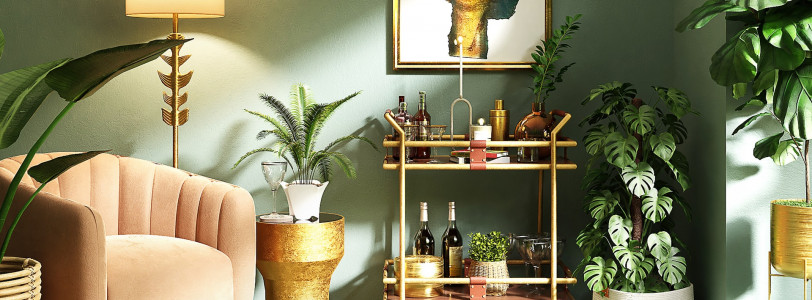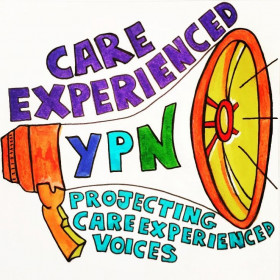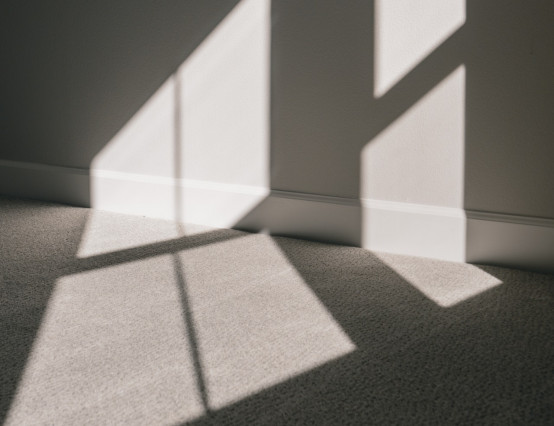In Part 1 of this article, Lucy explained some of the issues and practicalities of independence as a care leaver. You can read that here.
Home
Making a house a home – addressing the physical space.
Now to talk about the fun stuff! Decorating and personalising a space was one of my favorite things about moving out – all four times (maybe that’s just me). Sometimes there’s nothing more satisfying than having a blank slate to work with and to arrange in a way that suits you. Of course, there are always limitations in personalising a rented space or student accommodation, but there’s still plenty you can do to make the space your own. If you’re in private renting, don’t be afraid to ask what you can and can’t do in terms of making small changes to your space (e.g. putting up shelves, hanging pictures etc) as the answer varies depending on the landlord. Generally, as long as you leave the property in the same state as you found it, most landlords are happy with small changes (if they’re super friendly they might let you paint a wall, who knows!).
If you respond well to colour, which it’s fair to say that most of us do, pay attention to how being surrounded by various colours affects your mood and energy levels. This sounds pretty abstract and strange, but from my experience it definitely makes a difference. In my dreaded first year accommodation, the tiny room I had to myself didn’t sit well with me because it felt so clinical, it was a weird off-white, like a little hospital room. I didn’t know at the time that this affected me so much, until I moved out and filled my new place with colour and personality. I find that relaxation is something I need most at home, so green is a really productive colour for me to be around. Now that I have more creative input in my space, I have a green sofa, a green kitchen, and plants everywhere! As a result I often just marvel at how comfortable I feel in my space, and how much of an impact it has on the day-to-day.
The Leaving Care Grant, and how to make the most of it.
If you’re care experienced and lucky enough to be under a local council that provides a Leaving Care Grant (also known as a setting up home allowance), then it’s important to express that this is a really helpful tool, and when used efficiently it can have a huge impact on your experience as a young person living independently. This pot of money is dedicated solely to furniture and homeware expenses. The amount dedicated to each person leaving care depends on their local council, but just as a ballpark figure, I can recall that mine was roughly £2,000 (possibly a little less). This Leaving Care Grant is also only available between the ages of 18-25, and although I think this period should be extended, it does cover the period of time to which the majority of people in care are anticipated to be looking into living independently. Here are some tips gathered from my own experience of utilizing a LCG over the course of three separate housing experiences:
1. If you’re moving into an unfurnished or partly furnished accommodation, shop around on your largest furniture items.
I’m completely familiar with the anxiety of spending a lot of money on one large item, like a sofa or bed. Truthfully, it’s important to understand that these items are so expensive because they’re pretty essential to meet your needs and provide you with the foundational level of comfort in your living space. Therefore you deserve to invest in these items when you can, and just to have nice things in general! For me, having a LCG was a godsend for investing in these more expensive items, but I wanted to ensure I was using this opportunity as wisely as possible. With this in mind, I found that shopping around online and making a furniture ‘master document’ with plenty of options listed was incredibly helpful, and considering the durability, portability, quality and value for money of these items was essential in making my decisions. If you need to spend a big chunk of your grant at once, it’s important that the expensive items serve you well across many years and moves (if that’s what you want to do).
However there is a limit to the amount you can spend on one single item, and from what I can gather it is largely subjective. I asked to use £400 of my grant to buy a sofa when moving into a part-furnished house (with no sofa), and after an extensive review amongst my leaving care worker’s superiors, they agreed that I could only use £200 towards it, and to source the remainder of the expense myself, however it took a lot of different opinions within the leaving care team to formulate that decision.
2. Think about more than just the basics, and don’t be afraid to ask which items this grant is eligible for.
This point is another interpretation of the idea that you shouldn’t just settle for the very basics. Of course it’s important to prioritize securing the basics in terms of furniture and homeware, especially if you’re in an unfurnished property, but don’t be afraid to try and use your grant for things like rugs and cushions and things that make you feel homely. Even if you decide you want to replace items of furniture within a furnished or part-furnished property because they’re not quite right, that is something that your leaving care team should facilitate (I replaced the curtains, the dining table, and a set of drawers in my current accommodation).
From my experience, the criteria that identifies what is eligible to be covered by the Leaving Care Grant is a bit of a blurry line. For example, I was permitted to use part of mine on a rug, but declined a bathroom storage unit. Ultimately if you don’t ask, you won’t know.
3. If you’re approaching a move (especially a first move) spend as much of your grant as you need to, but try and keep some aside if at all possible.
If you really plan out how to use your grant in a way that feels most catered to your needs, wants and lifestyle, and buy some durable and high quality furniture, hopefully you won’t need to make many other large furniture purchases over the next few years. However you never know when something might need replacing, or when you adjust to your new home, what you might discover that you need in addition to your initial purchases.
What is your definition of home?
I realised that I define home as somewhere that hosts the opportunity to do all the things I love in that phase of my life. Right now, for me that includes doing my freelance composition work, having friends and family over for food and catch-ups, chilling out in between an irregular working schedule, and having access to nature and local arts. I also find that coming to terms with the idea of a home being temporary isn’t necessarily a bad thing. In my 23 years I’ve lived in 13 different places, all varying forms of accommodation, and all of which I called home at some point. And with that in mind, I’m excited by the idea that I’ll probably call loads of other places home in the future. In my mind, a home is only made to house a phase of your life – how long that may be is completely up to you. Of course eventually many of us hope to call one place home for a long while, but change can always be a positive thing, and your idea of home can change and grow, and that’s totally okay! What does home mean to you right now?
Lucy is a freelance composer, facilitator and musician, specialising in the representation and co-creation of careexperienced young people within her work. As part of the young people's network she is also passionate about research and youth voice. You can find her on Twitter here.








0 Comments